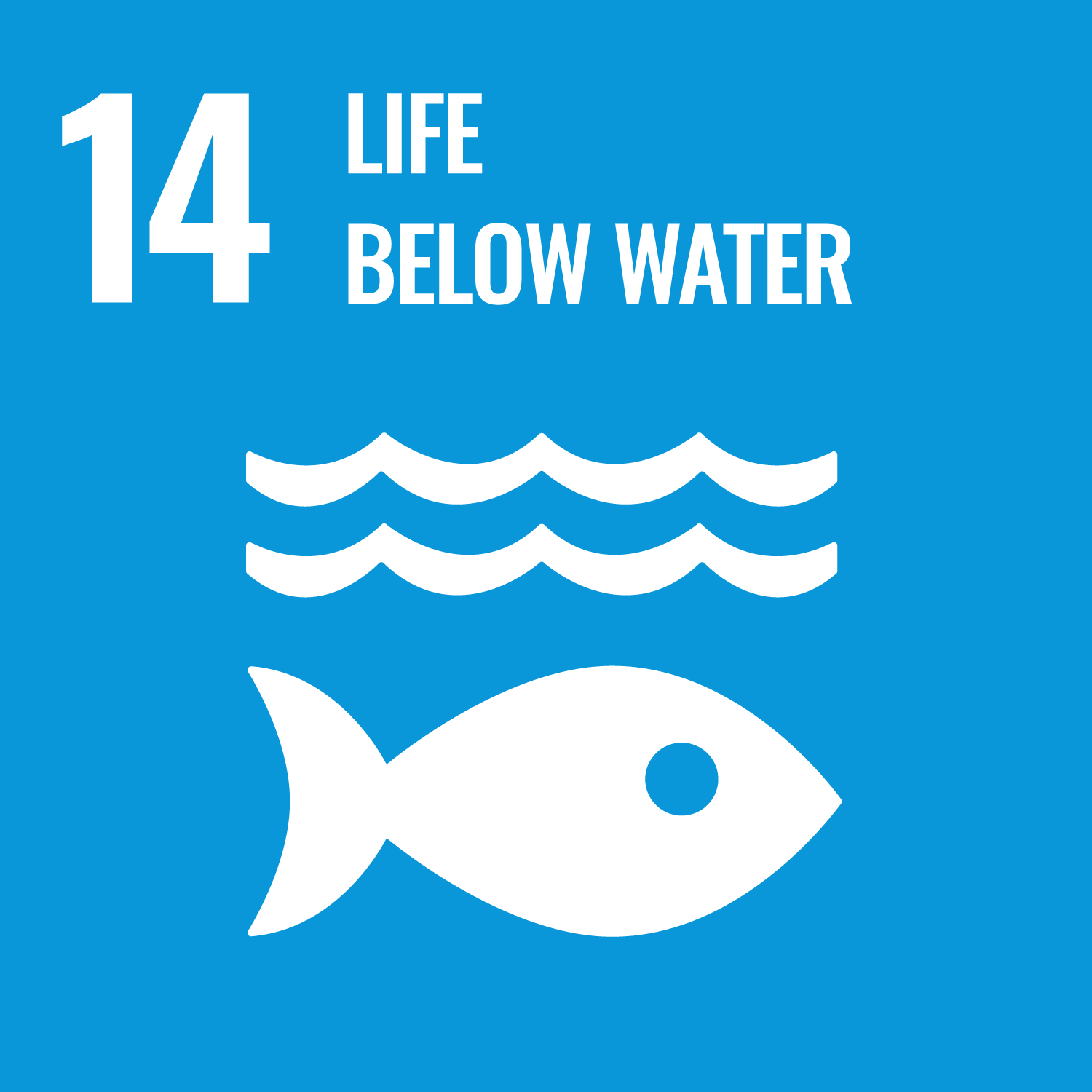ORCID
- Llucia Mascorda-Cabre: 0000-0002-1852-0528
- Emma V. Sheehan: 0000-0002-1066-8237
- Martin J. Attrill: 0000-0002-4039-031X
- Phil Hosegood: 0000-0002-4415-7152
Abstract
Thought to be a sustainable choice, molluscs are the most consumed aquaculture foods after finfish. The expansion of the mussel aquaculture industry offshore reports lower environmental impacts compared to inshore farms. Although an offshore location has the potential to reduce a farm's ecological impacts, the effect of large developments on water currents is still not fully understood. High hydrodynamic regimes can influence the dispersion of farm biodeposits, organic loading, flow alterations with the potential to impact water residence time, particle and sediment dispersal (including larvae and biodeposits) and seabed sediment resuspension, which in turn, can have ecological impacts. Farm-induced flow changes of the UK's first large scale suspended longline mussel farm were assessed by a combination of oceanographic mooring and vessel-mounted Acoustic Doppler Current Profiler (ADCP) measurements. Data was separated by upstream and downstream according to the direction of the flow in relation to the farm. M-ADCP results showed a 28% decrease current velocities within the farm's boundaries, demonstrating within-farm current attenuation produced by mussel ropes drag. Flow was then redistributed above and beneath the farm showing velocity increases of 66% and 7% respectively, resulting in above-farm flow acceleration and downwelling (with up to 171% increase in near-seabed velocities compared to sea surface velocities). However, overall mean downstream sea surface velocities decreased by 63%. An overall 21% increase in near-seabed velocities showed the farm's effect on near-bed currents, the opposite to what is naturally achieved by seabed friction. This was further measured by VM-ADCP results also showing secondary flow acceleration at the farm's flanks and increased near-headline flow perturbations of up to 80% mean u velocities over a small horizontal scale (0.5 km), further demonstrating the effects of the farm on the local circulation. Through-farm surface current velocities (waves) were reduced by up to 72%. Flow changes were localised and dependent on the different tidal phases, the farm's design and, the abundance of mussel ropes providing drag.
DOI Link
Publication Date
2024-05-15
Publication Title
Aquaculture
Volume
585
ISSN
0044-8486
Acceptance Date
2024-02-20
Deposit Date
2024-07-16
Additional Links
Keywords
ADCP, Currents, Hydrodynamic flow, Mussel farm, Offshore aquaculture
Creative Commons License

This work is licensed under a Creative Commons Attribution 4.0 International License.
Recommended Citation
Mascorda-Cabre, L., Sheehan, E., Attrill, M., & Hosegood, P. (2024) 'Assessing the impact of an offshore longline mussel farm on local water circulation in a highly hydrodynamic energetic bay', Aquaculture, 585. Available at: 10.1016/j.aquaculture.2024.740697



